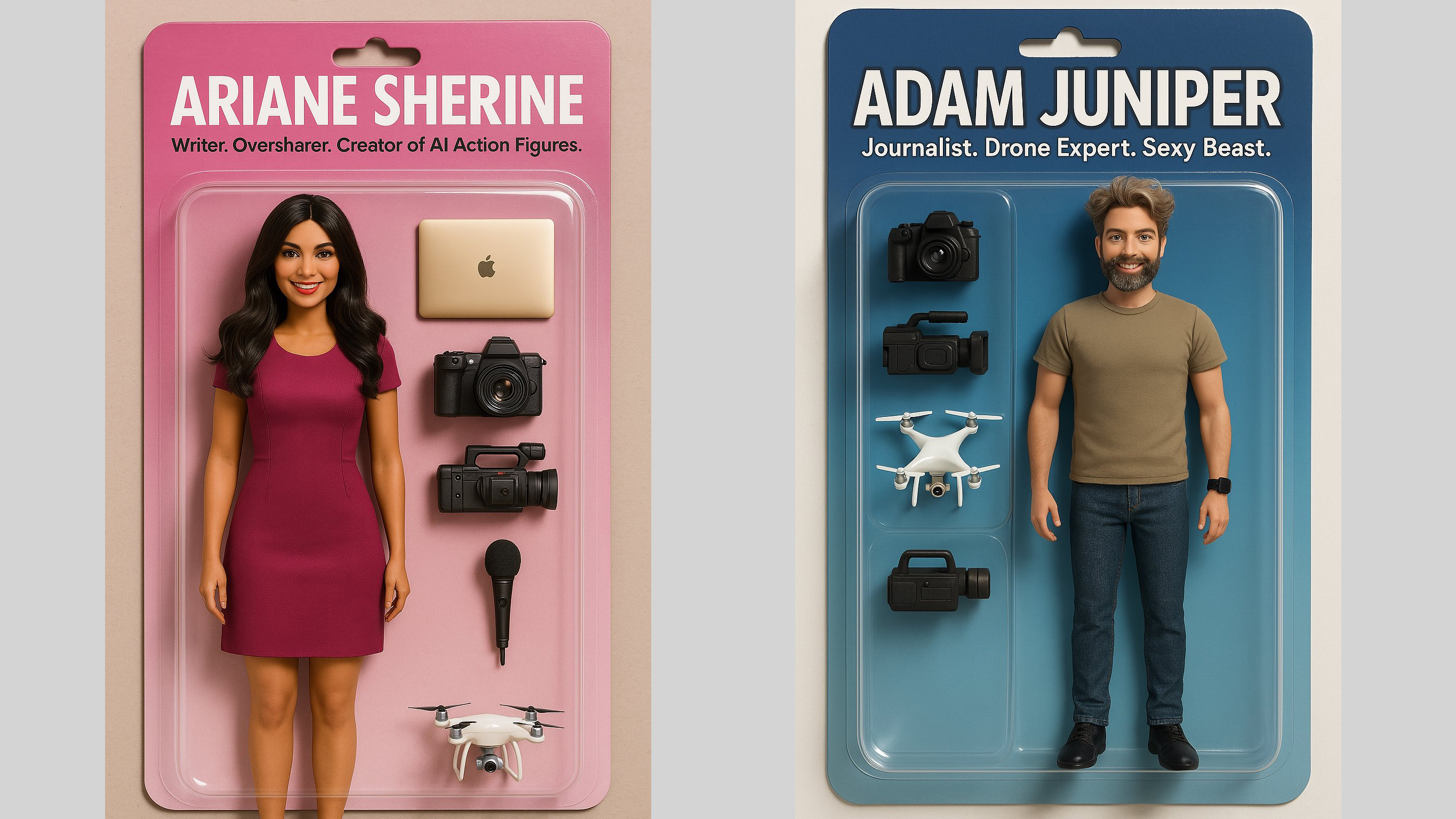The best iPhone and smartphone tripods: for long exposures, night shots and selfies
The best smartphone supports are small and light, simple to set up, and open up a world of creative shooting opportunities
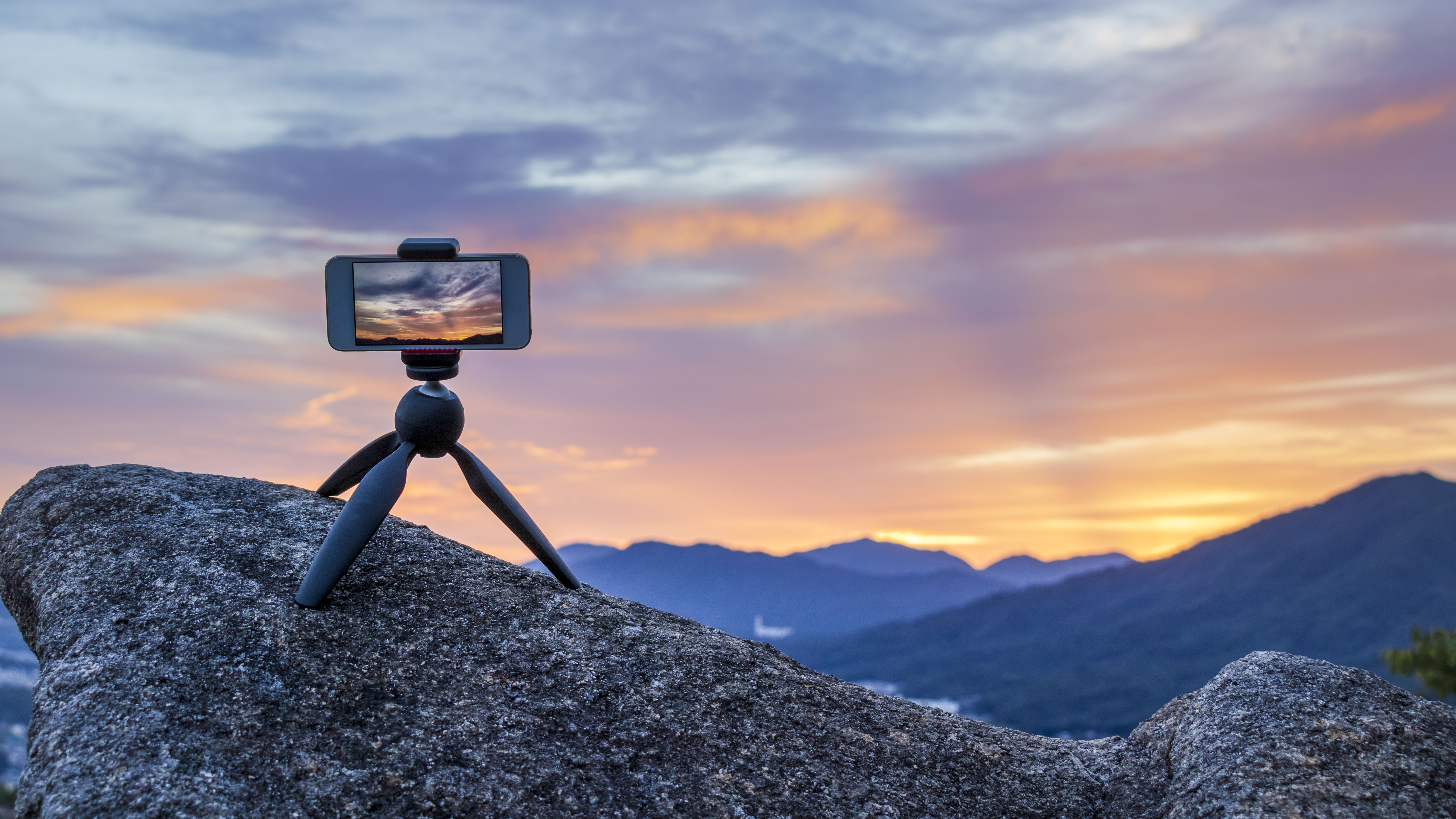
With one of the best iPhone and Android tripods, you can take your smartphone shooting to a whole new level. They’re small enough to carry everywhere, slipping easily into a bag or pocket, but allow for experimenting with new shooting techniques, especially when used with the best photo apps, enabling you to take control of your smartphone’s camera settings.
While the best camera phones are always getting better and able to do things that the owners of the first iPhone could only have dreamt of, some things are limited by hardware. A sharp long exposure, for instance, can only really be achieved with stable camera support (no matter what claims a manufacturer makes about stabilization). At the bottom of this page, in our FAQs section, I've listed a few practical uses of a phone tripod, along with advice on how to choose one that's right for you.
This list consists of options for all budgets from reputable manufacturers, including Manfrotto, Joby, and more. Let's get started!
Also read: The best smartphone gimbals
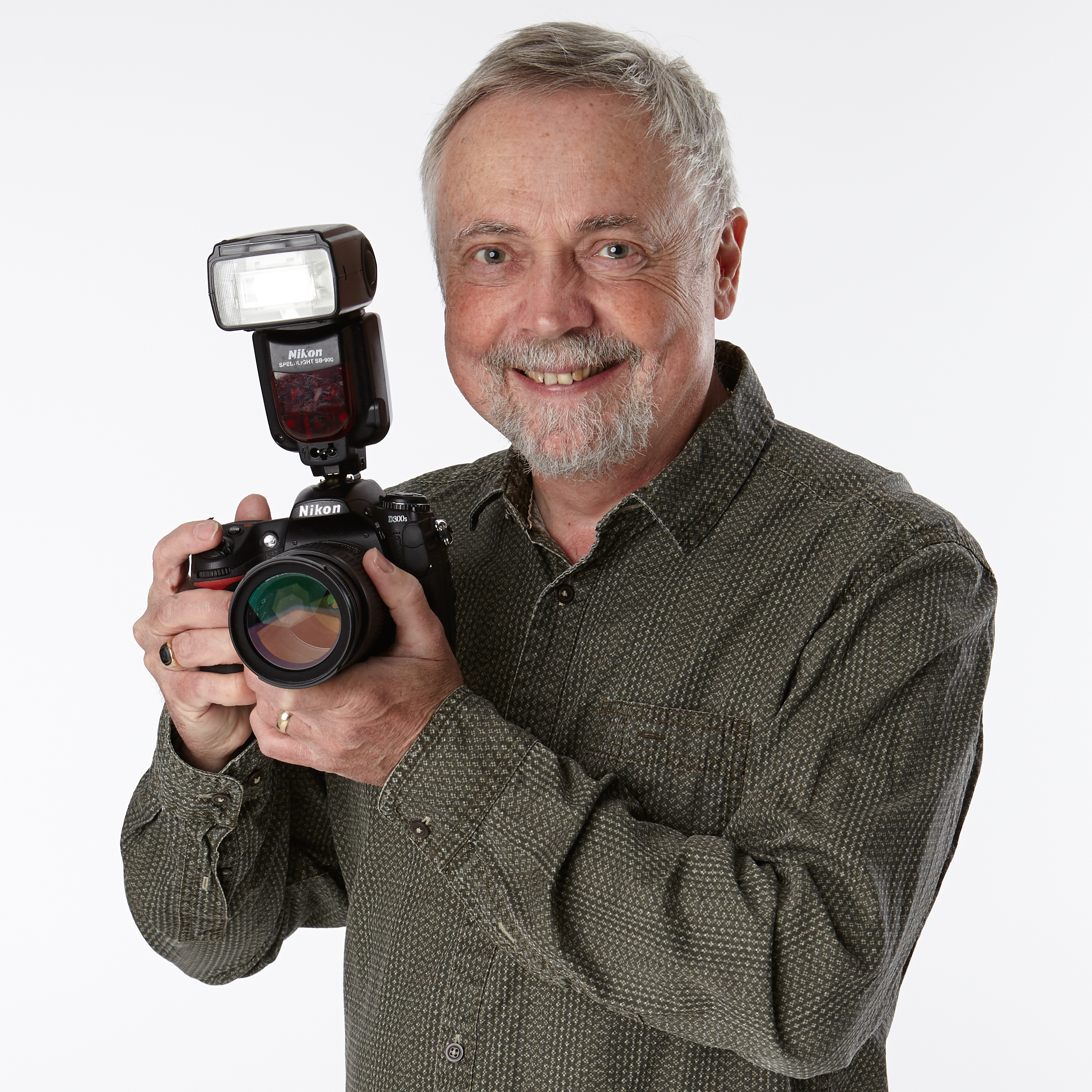
Rod is an independent photography journalist and editor, and a long-standing Digital Camera World contributor, having previously worked as DCW's Group Reviews editor. As a committed photo enthusiast he shoots on anything and everything – including Apple and Android phones. As such, he's ideally placed to be our guide to the best iPhone and smartphone tripods.
The quick list
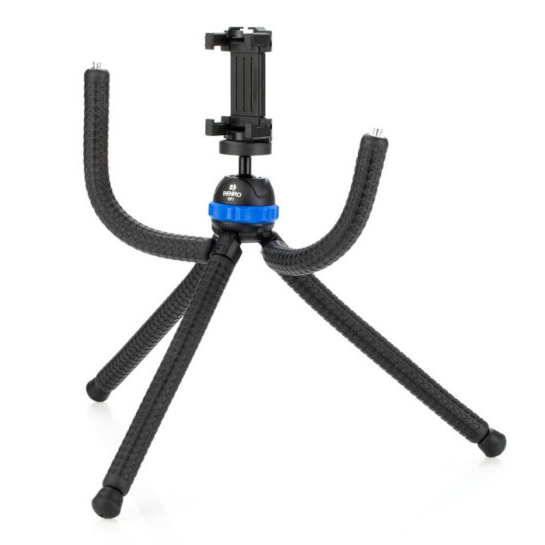
Best overall
Fully flexible, with handy accessory arms that can take a light, mic or other accessories, the KoalaPod is a versatile support for serious phone shooters, at a great price.
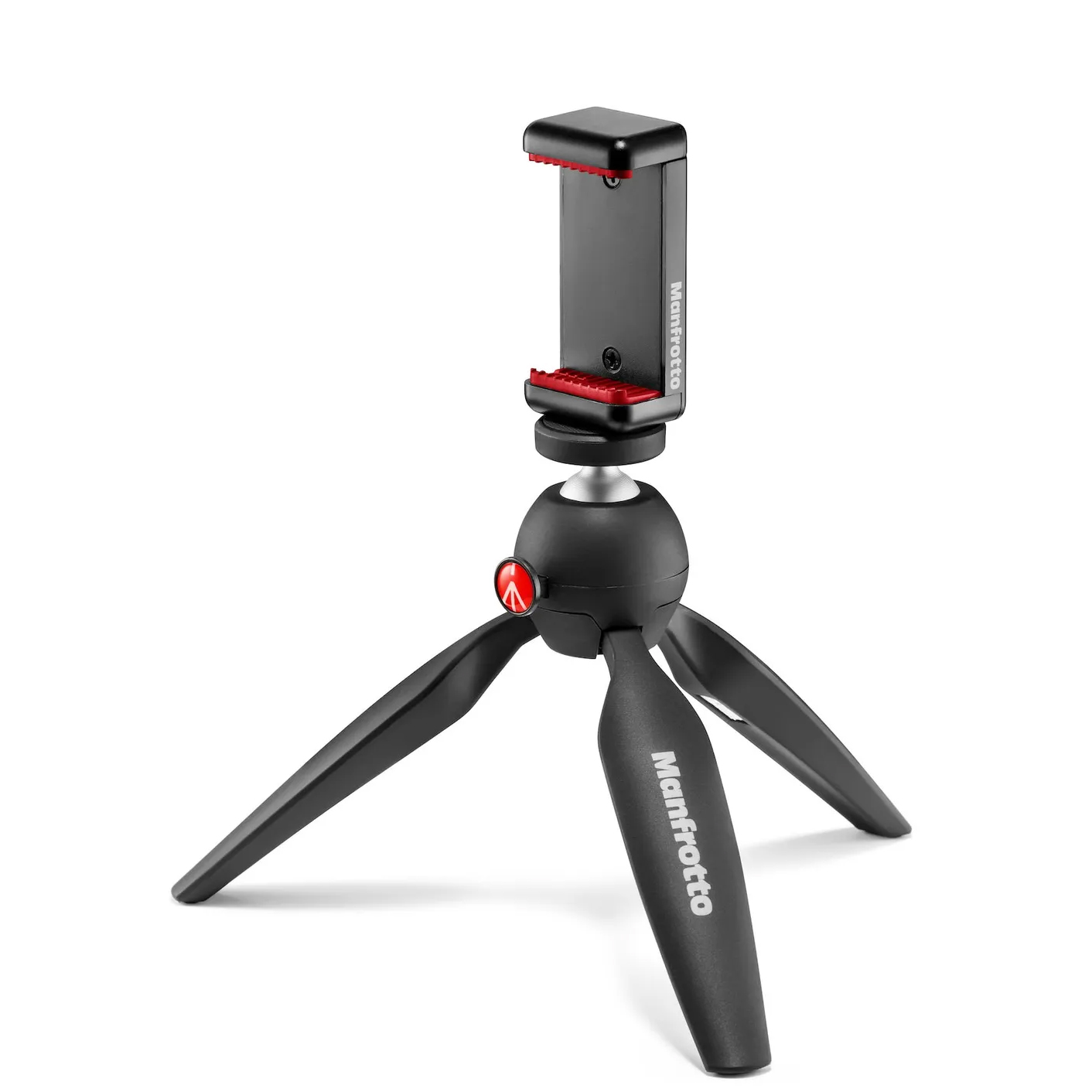
Best tabletop
The famous Manfrotto PIXI is a simple, affordable option for those who simply need a rigid tabletop support for their phone.
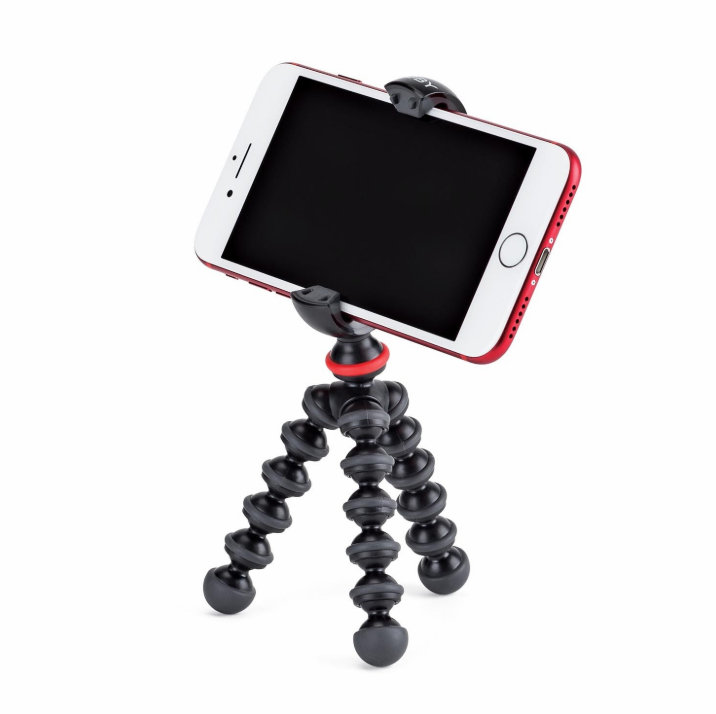
Best flexi tripod
A diminutive version of Joby's famous GorillaPod, the Mobile Mini is ideally sized for smartphone users, with the customary flexible legs for positioning.
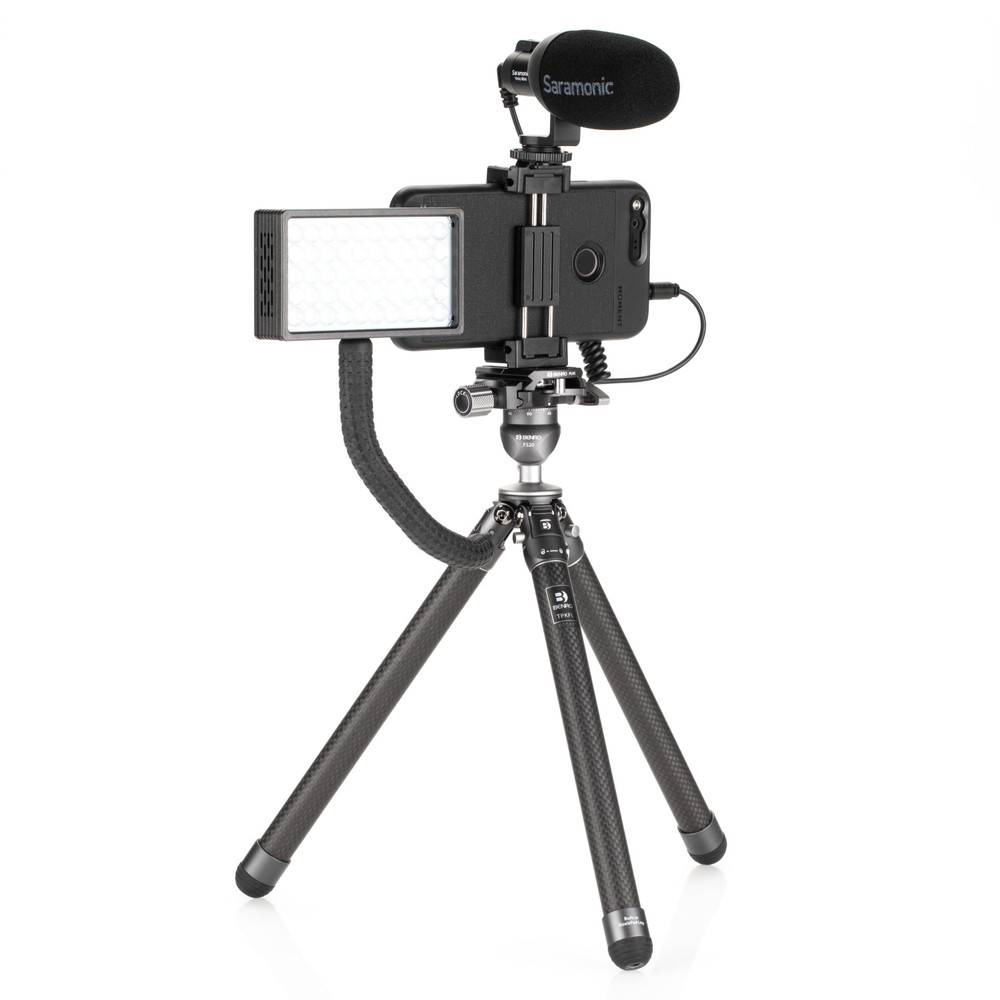
Best 2-in-1 tripod
With rigid carbon fibre legs that contain flexible legs inside them, Benro's top-end TablePod Flex Kit offers the best of both worlds for smartphone shooters.
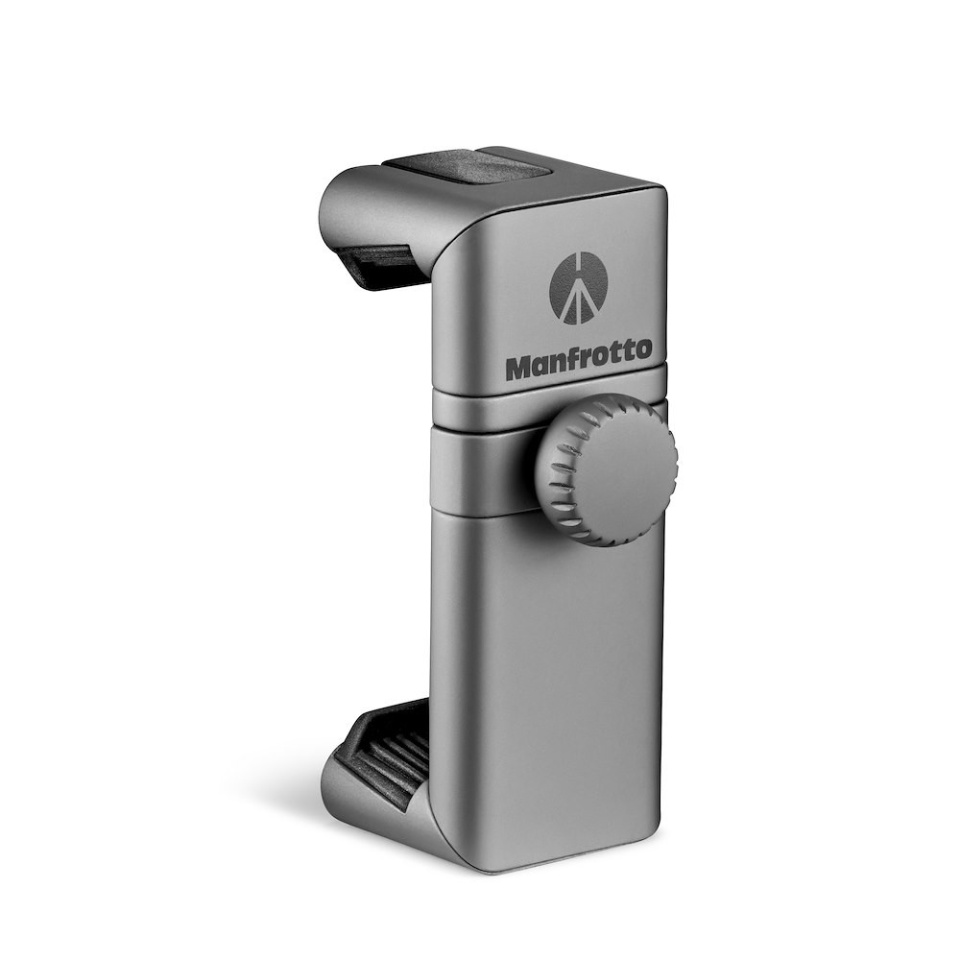
Best universal clamp
Not a tripod per se, but an inexpensive way to convert any tripod into an phone support – Manfrotto's universal clamp is cheap and easy to use.
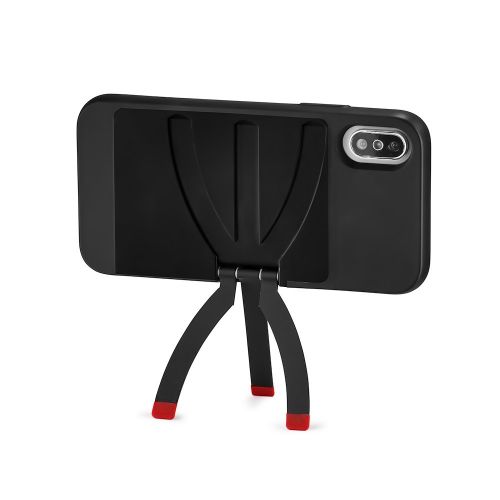
Best tripod case
A clever phone case with built-in legs, Joby's StandPoint prioritizes convenience and portability over versatility. If your needs are simple – and you have the right phone – it's a great buy.
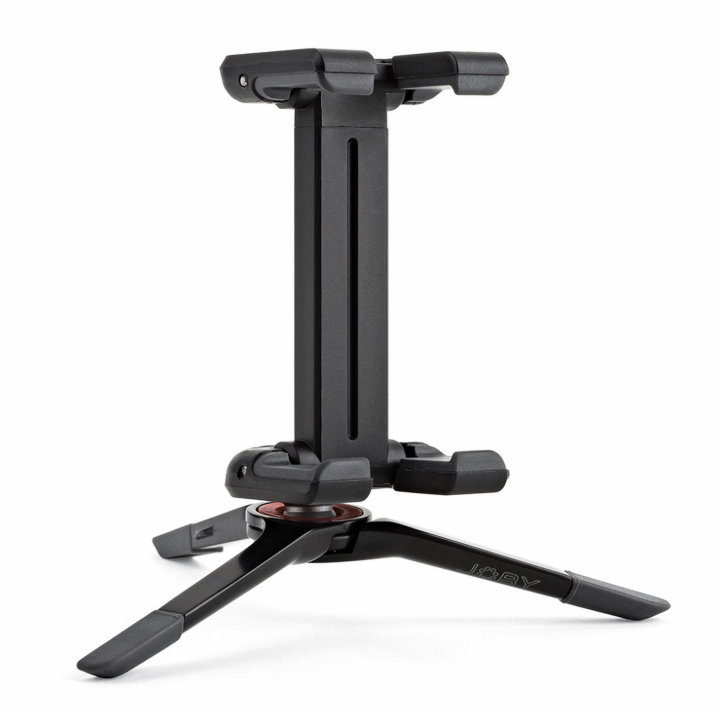
Best portable tripod
Extremely compact and easy to fold away, the Joby GripTight ONE Micro lets you take a pocketable pair of legs everywhere with you, ready to deploy at a moment's notice.
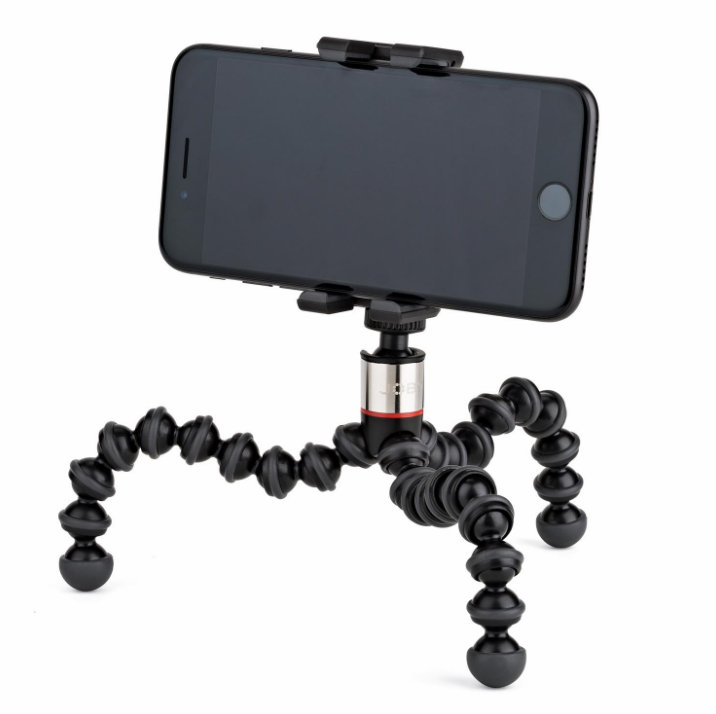
Best magnetic tripod
Equipped with magnetic feet, the Joby GripTight ONE GP Magnetic Impulse adds an extra dimension of versatility to the regular Joby flexi-tripod experience.
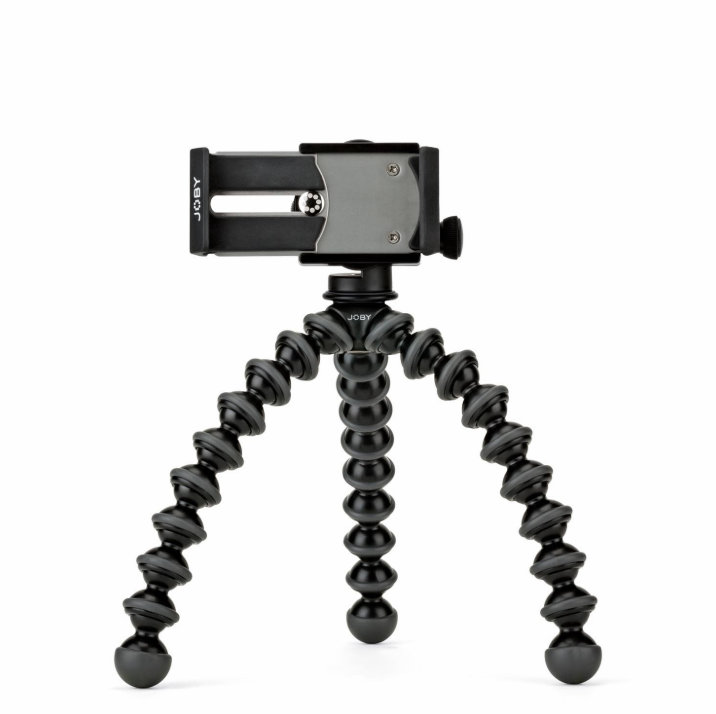
Best premium
Strong enough to support small interchangeable-lens cameras as well as smartphones, the Joby GripTight Gorillapod Stand PRO is a good choice for serious shooters.
The best iPhone and smartphone supports
Why you can trust Digital Camera World
Best overall
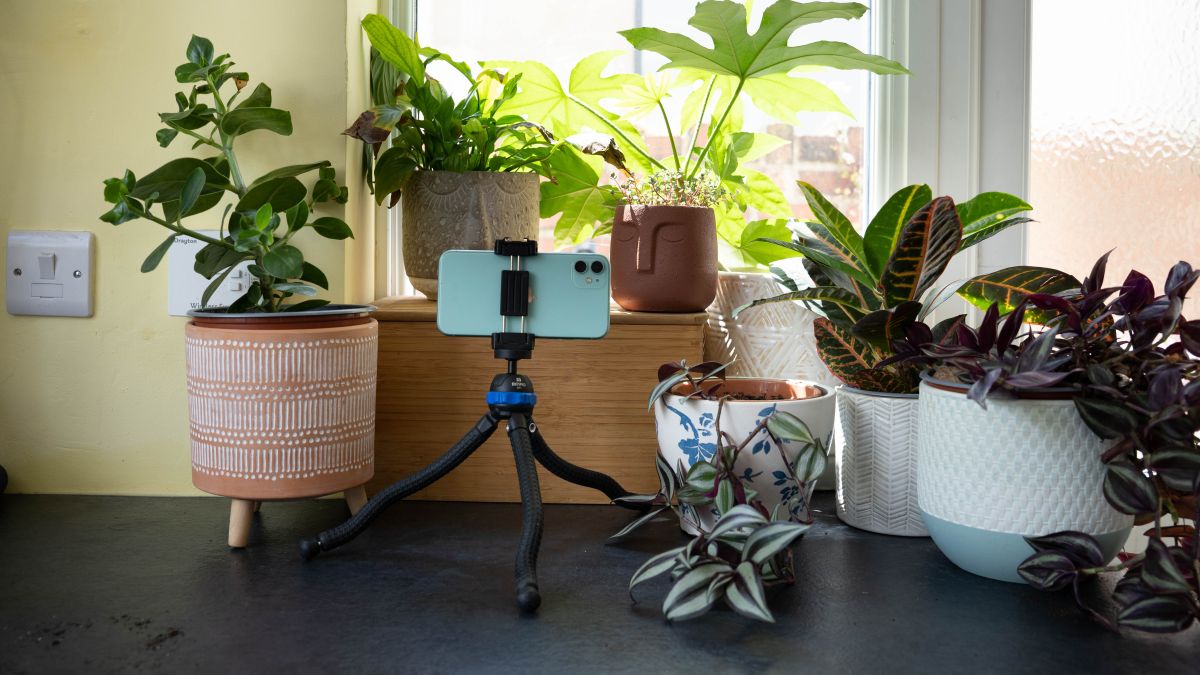
Specifications
Reasons to buy
If you're just after something simple and compact but still versatile, the KoalaPod is a superb and affordable choice. Its flexible legs enable you to wrap it around other objects such as a metal fence or a pole so you can be more creative about the angles you shoot from. If you're a vlogger, influencer or content creator, the handy accessory arms mean you can attach a light and a mic to the tripod to record well-lit videos with good audio. Included are a carry pouch, the phone mount, an auxiliary ring that can be used to stop the legs from slipping and a quick-lock clamp so you can attach two legs together when you need a bit of extra strength.
Best tabletop
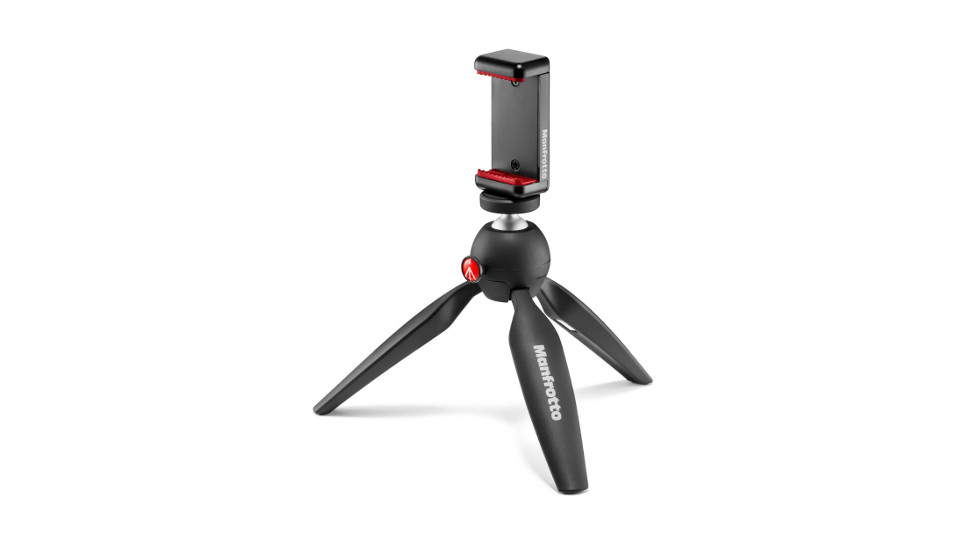
Specifications
Reasons to buy
Reasons to avoid
Manfrotto markets its PIXI mini tripod and universal smartphone clamp as separate items, but it generally works out cheaper to buy these two items as a complete kit. With this, you get the tripod itself, which comes with an integral ball head and is suitable for use with cameras, plus the smartphone clamp that attaches via a standard 1/4-inch socket and can accommodate phones up to 83mm in width. It’s a good solution, though the limited range of movement for the ball head means you can only shoot with the camera phone in landscape orientation. You'll need the more advanced Manfrotto Pixi Evo 2 if you shoot in portrait orientation (most camera phone tripods are designed for horizontal shooting).
See Manfrotto PIXI mini tripod review
Best flexi tripod
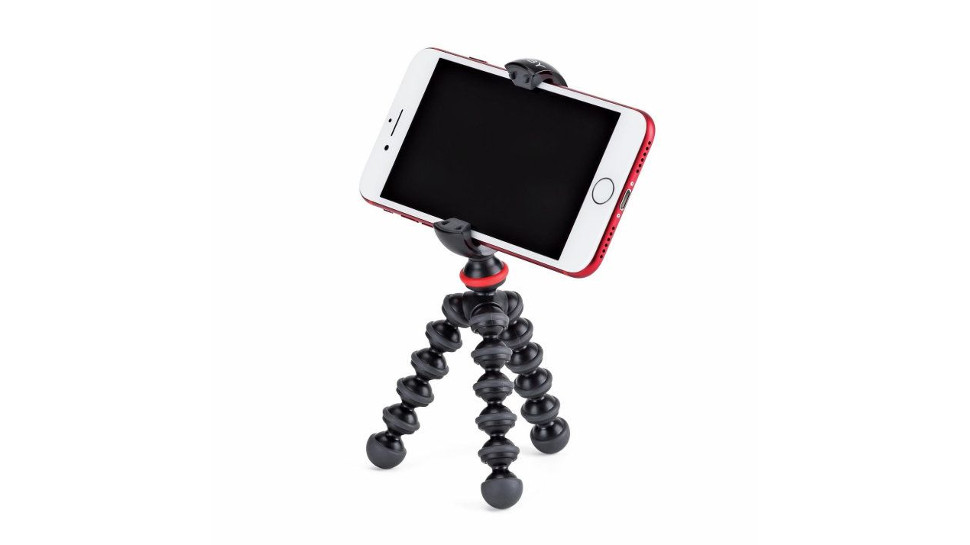
3. Joby GorillaPod Mobile Mini
Specifications
Reasons to buy
Reasons to avoid
With suitably small and phone-friendly dimensions, the Joby GorillaPod Mobile Mini weighs in at just 32 grams. It’s also Joby’s cheapest ‘tripod’, yet features the company’s trademark flexible legs, constructed from a series of movable joints. As such, you can stand it up like a mini tabletop tripod, or wrap its legs around other objects to cling onto them. It comes complete with a phone mount so it’s an all-in-one solution. The only real drawback is that each leg is only 60mm long, so you can only attach this relatively small GorillaPod to fairly thin objects.
Best 2 in 1
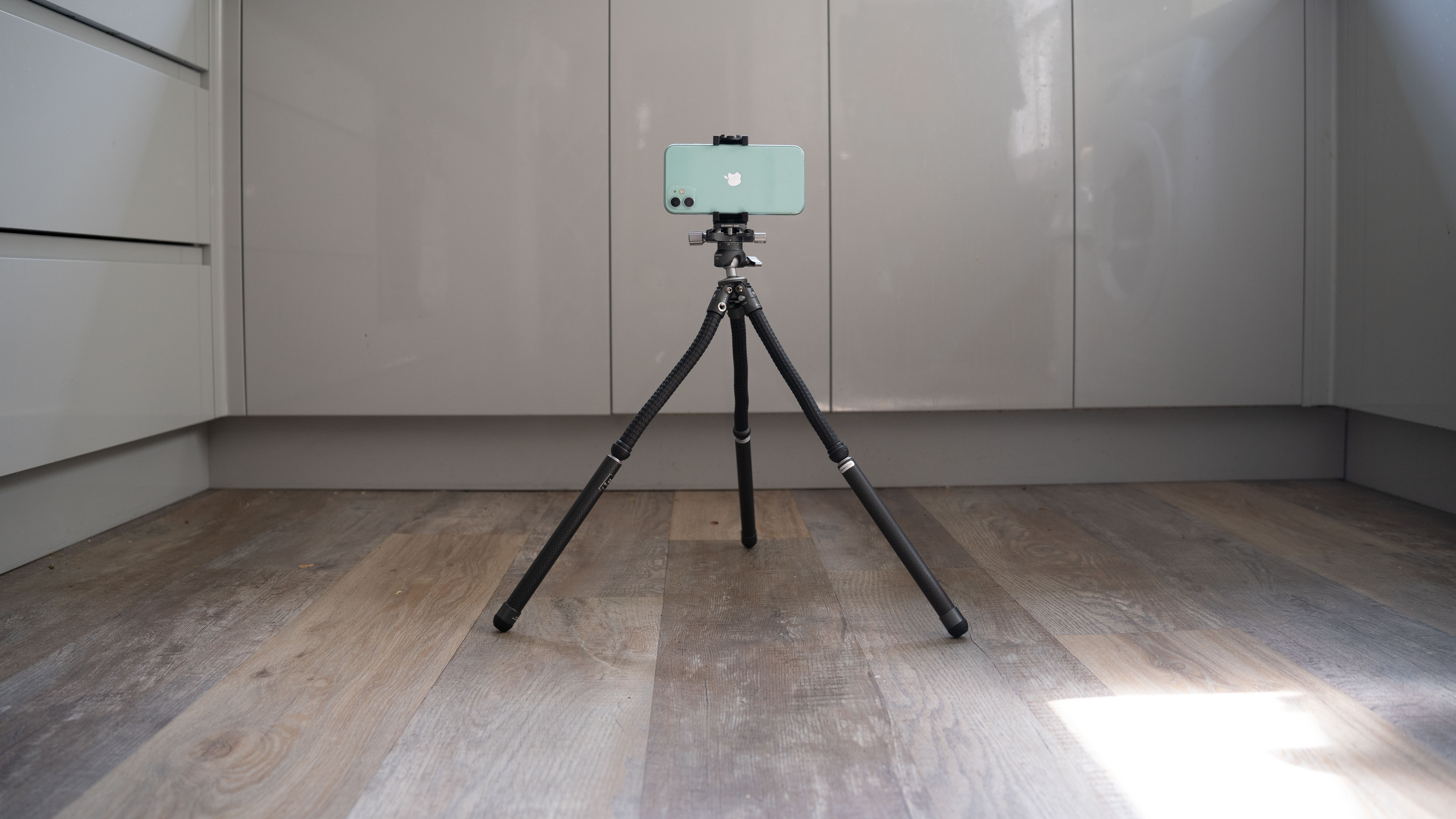
Specifications
Reasons to buy
Reasons to avoid
For those who can't decide between a rigid-leg or flexi-leg phone tripod – here's both in one! The Benro TablePod Flex Kit cunningly conceals flexible legs inside its rigid carbon fiber legs, meaning you can swap from one configuration to the other in moments. In testing, I was impressed by the build quality of this tabletop tripod – the materials feel premium and the moving parts have a reassuring smoothness. It delivers all the stability you might want and folds up so small that it's easy to sling in a bag and take everywhere with you. It's pricier than other options, but if your budget extends to triple digits, this is a superb smartphone tripod – and comes complete with a clamp included.
See the full Benro TablePod Flex review
Best universal clamp
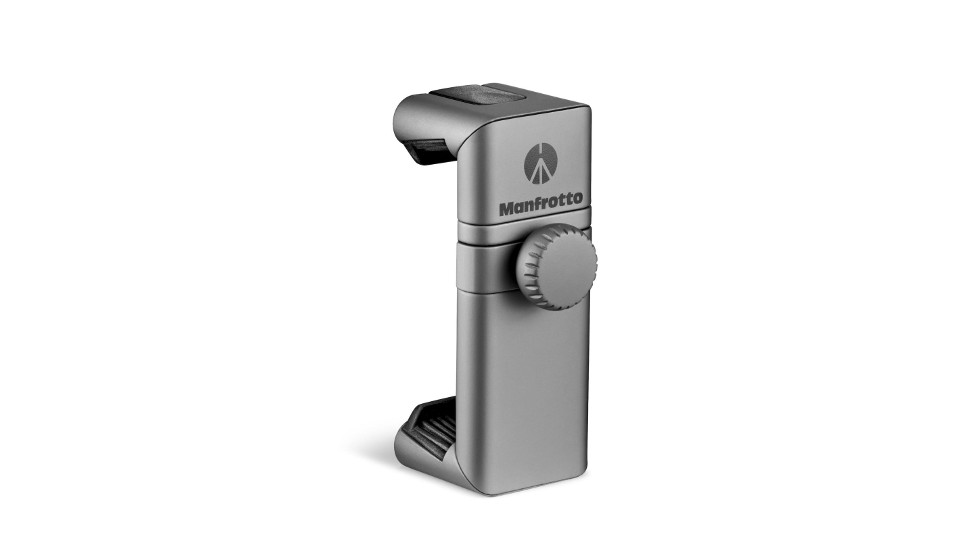
Specifications
Reasons to buy
Reasons to avoid
This isn't a tripod, but the cleverly designed Manfrotto TwistGrip universal smartphone clamp enables you to attach your camera phone to any regular tripod, including the Manfrotto PIXI, above. It also folds virtually flat for stowing away in a pocket by simply twisting each end to pivot the clamping jaws around. The clamping action itself is nice and solid, thanks to a locking screw at the rear, and can securely attach to any phone of up to 82mm wide. Immaculately engineered from high-grade aluminum and colored dark grey, the TwistGrip looks and feels like a quality item. It can mount on any tripod via its 1/4-inch screw socket and has a cold shoe on top for attaching accessories, such as the Manfrotto Lumimuse LED light.
• Read Manfrotto TwistGrip universal clamp review
Best tripod case
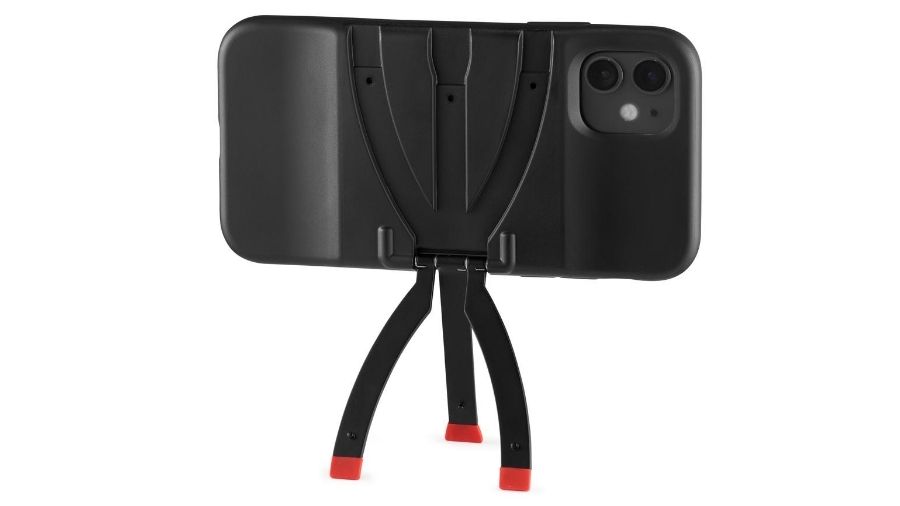
Specifications
Reasons to buy
Reasons to avoid
This is a tripod that you can carry around permanently with your smartphone – as it doubles as a protective phone case. However, as well as its photographic uses, the StandPoint is perfect for perching your phone on a surface – a train or airline tray-table being the obvious candidates – for hands-free video as well as video calls and photo reviewing. I like the case’s protective nature and the fact that it works with wireless charging pads. The drawbacks are that the StandPoint’s tiny tripod legs require a level surface and don’t allow many angles, and it's only available for iPhone models 12, 11, and X (and variants), as well as the Google Pixel 4.
Most portable
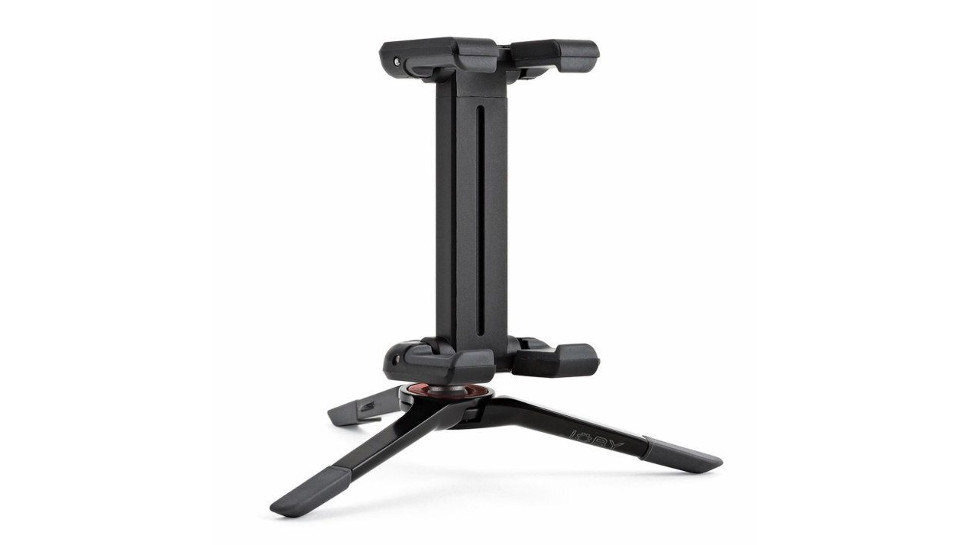
7. Joby GripTight ONE Micro
Specifications
Reasons to buy
Reasons to avoid
Unlike Joby GorillaPods, the Joby GripTight ONE Micro is a tabletop tripod with rigid, non-flexible legs that swivel around. This makes the whole tripod very small and slim when folded away, while enabling a secure base when the legs are fanned out for the standing position. It’s a neat and very streamlined design, the only catch being that the operating height to the bottom of the phone is only about 30mm. Although there’s no height adjustment, the main clamp does enable you to pivot the phone forward and backward and from side to side, albeit with a fairly limited range of adjustment. You therefore can’t use the phone in upright, portrait orientation.
Best magnetic
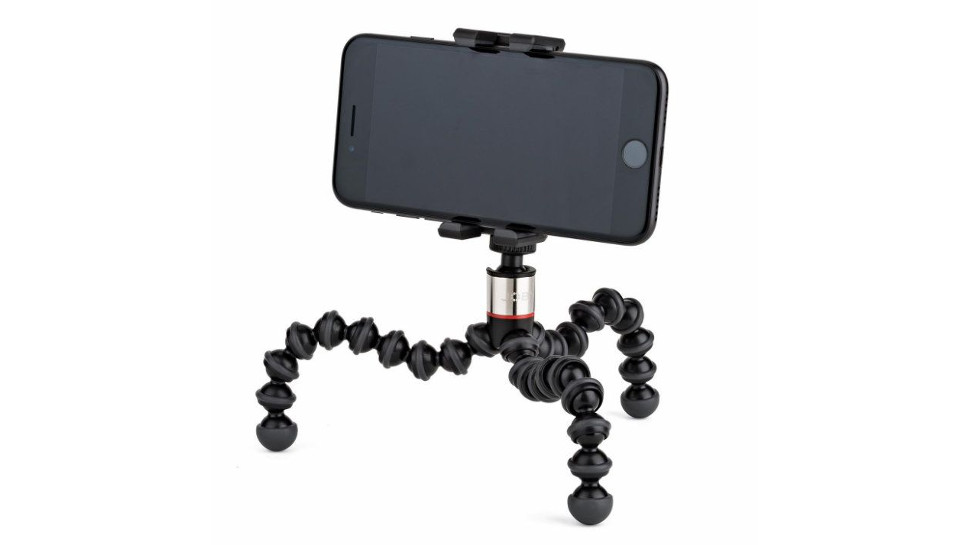
8. Joby GripTight ONE GP Magnetic Impulse
Specifications
Reasons to buy
Reasons to avoid
The relatively long legs of this GripTight GorillaPod have nine flexible joints. That’s a significant step up from the GorillaPod Mobile Mini, and enables greater height when using the stand as a tabletop tripod, as well as allowing you to wrap the legs around larger objects, such as tree branches and fence posts. On top of that, the ‘Magnetic’ edition also incorporates magnetic feet, so you can easily attach the GorillaPod to anything metallic. The phone clamp is the same one that’s featured in the GripTight ONE Micro Tripod.
Best premium
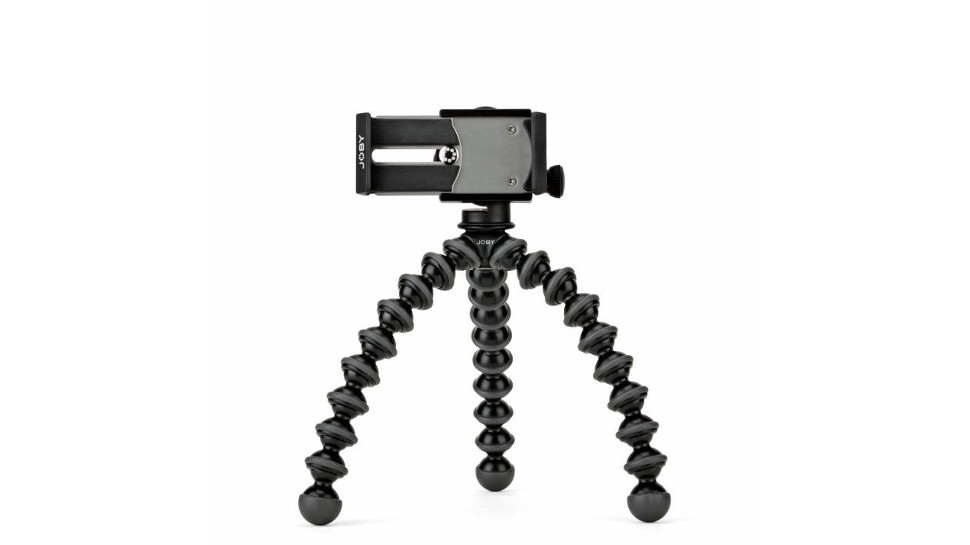
9. Joby GripTight Gorillapod Stand PRO
Specifications
Reasons to buy
Reasons to avoid
This chunky GripTight GorillaPod Stand PRO gives very stable and solid support for smartphones and comes complete with an up-market phone clamp. It features a locking screw for adjusting the clamp to the exact size of the phone, and this screw also enables rotation for portrait and landscape orientation while shooting. However, a little care is needed to ensure the clamp doesn’t loosen its grip on the phone during rotation. It’s rather bigger, heavier and stronger than smaller GorillaPod siblings, but is still good value at the price. If you unscrew the phone clamp, the legs are also suitable for use with a compact or small mirrorless camera.
How to choose a phone tripod
Regular tripods and even travel tripods are too big and bulky for a smartphone shooter; they’ll negate the main advantage of a smartphone, which is that it lets you travel light.
Smartphones don’t have a standard tripod socket, either. This means you need another way to mount the phone to the tripod. The solution is a phone clamp; these are sometimes sold separately and sometimes come in bundles with mini tripods. We’ve included both complete bundles and standalone clamps, so you can decide how best to construct your setup.
The other main deciding factor is whether you want a flexi-legged tripod that can grip onto protruding objects and uneven surfaces or a rigid-legged one for tabletop use. While the former is more versatile, the latter gives you a stable platform that's good for consistency (handy if you're regularly vlogging and want your shots to look the same).
How we test mini-tripods
Our testing procedure for phone tripods is similar to our regime for full-size tripods. We measure the maximum operating height and its folded height for carrying, with the head or clamp attached, if there is one, and also check the weight using electronic scales.
We check the ease of use, smoothness, and precision of all available adjustments in each set of legs and any included ball head or clamp. If the tripod has flexible legs, we attach it to different objects to measure its stability and ease of use.
FAQs
What are the uses of a phone tripod?
We’ve listed a few things here that a good smartphone tripod will allow you to do:
• Capture night shots. Even if an app lets you open up the shutter on your smartphone camera for a long time, without a good source of support, all you’ll get is a blurry image. Mounting your phone on a tripod means you can shoot long exposures, without worrying about image blur caused by camera-shake.
• Get vlogging. If you want to vlog with your smartphone, you'll need a good support so you can set your camera up without having to hold it.
• Get a selfie without the arm-stretch. In a similar vein, phone tripods make it easy to get selfies and group selfies without having to stretch out your arm.
• Try a timelapse. Again, locking your phone in a fixed position opens up all sorts of creative possibilities, one of which is time-lapse shooting.
• Shoot panoramas. There are apps that will stitch together a rudimentary panorama. But the results you get will dramatically improve if you use a tripod.
Read more:
Get the Digital Camera World Newsletter
The best camera deals, reviews, product advice, and unmissable photography news, direct to your inbox!

Rod is an independent photography journalist and editor, and a long-standing Digital Camera World contributor, having previously worked as DCW's Group Reviews editor. Before that he has been technique editor on N-Photo, Head of Testing for the photography division and Camera Channel editor on TechRadar, as well as contributing to many other publications. He has been writing about photography technique, photo editing and digital cameras since they first appeared, and before that began his career writing about film photography. He has used and reviewed practically every interchangeable lens camera launched in the past 20 years, from entry-level DSLRs to medium format cameras, together with lenses, tripods, gimbals, light meters, camera bags and more. Rod has his own camera gear blog at fotovolo.com but also writes about photo-editing applications and techniques at lifeafterphotoshop.com
- Matthew Richards
- Adam WaringGuides Editor
